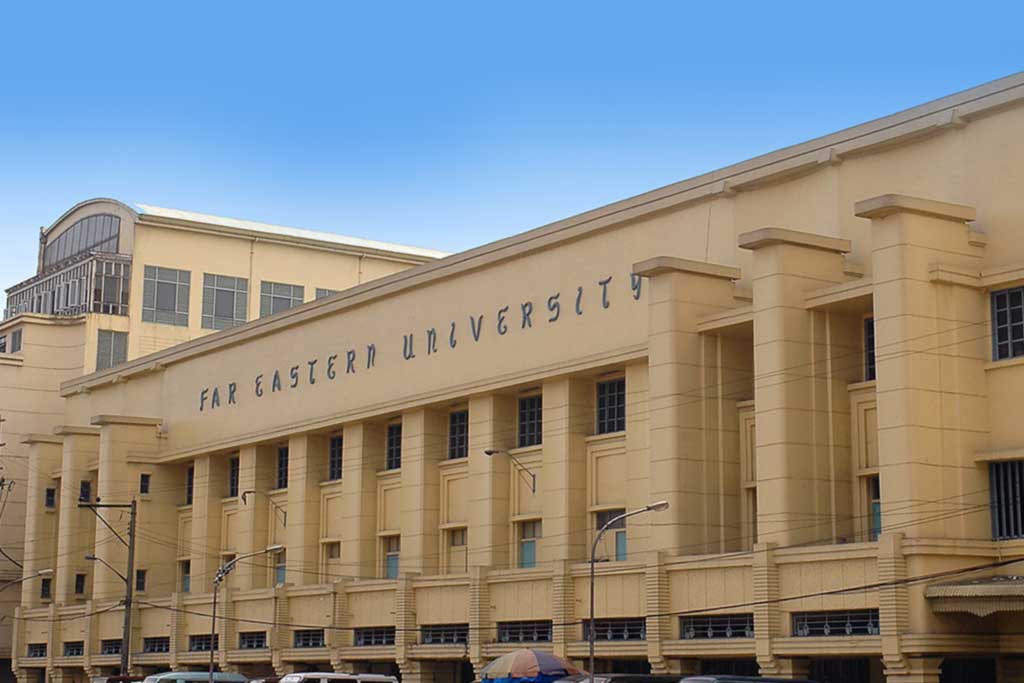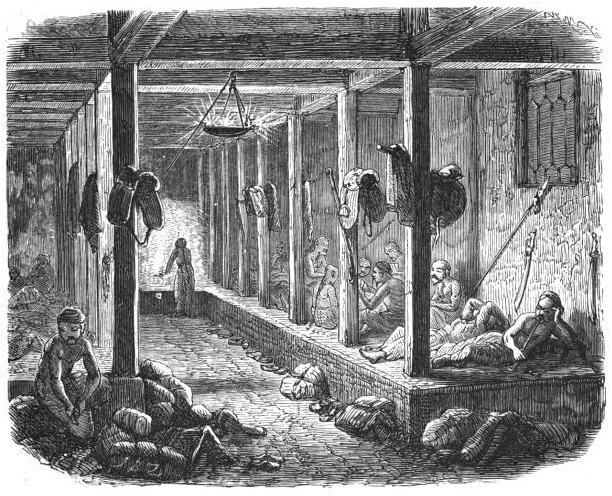|
S. M. Shirokogoroff
Sergei Mikhailovich Shirokogorov (russian: Серге́й Михайлович Широкогоров; , 1887-1939) was a Russian anthropologist. A White émigré, he lived in China from 1922 until his death. Early life and education Shirokogoroff was born in Suzdal. He went to France in 1906 to study at the University of Paris (Sorbonne) and then the École d'anthropologie. He returned to Russia in 1910 to enter the Natural Sciences Department of the Saint Petersburg University, but pursued other interests including archaeology and then anthropology. Under the direction of Vasily Radlov he began studying the ethnography of the Tungusic peoples, participating in expeditions in northeast China and eastern Siberia. Career In 1912, Shirokogoroff started his research of the ethnography of the Manchu people. As Manchus in most of China had by that time long been strongly Sinicized in their language and culture, Shirokogoroff went in 1915 to one of the most remote corner of the country ... [...More Info...] [...Related Items...] OR: [Wikipedia] [Google] [Baidu] |
Aigun
Aigun (; Manchu: ''aihūn hoton''; ) was a historic Chinese town in northern Manchuria, situated on the right bank of the Amur River, some south (downstream) from the central urban area of Heihe (which is across the Amur from the mouth of the Zeya River and Blagoveschensk).Aihui Town on Google Maps The Chinese name of the town, which literally means "Bright Jade", is a transliteration of the Manchu (or ) name of the town. Today the former city of Aigun is called |
Cai Yuanpei
Cai Yuanpei (; 1868–1940) was a Chinese philosopher and politician who was an influential figure in the history of Chinese modern education. He made contributions to education reform with his own education ideology. He was the president of Peking University, and founder of the Academia Sinica. He was known for his critical evaluation of Chinese culture and synthesis of Chinese and Western thinking, including anarchism. He got involved in the New Culture, May Fourth Movements, and the feminist movement. His works involve aesthetic education, politics, education reform, etc. Biography Born in Shānyīn County, Shaoxing prefecture, Zhejiang, Cai was appointed to the Hanlin Imperial Academy at 26. In 1898, he became involved in administering institutes and became: * Superintendent of Shaoxing Chinese-Western School (紹興中西學堂監督) * Head of Sheng District Shanshan College (嵊縣剡山書院院長) * Director-Teacher of the Special Class (特班總敎習) of Nanyang ... [...More Info...] [...Related Items...] OR: [Wikipedia] [Google] [Baidu] |
Academia Sinica
Academia Sinica (AS, la, 1=Academia Sinica, 3=Chinese Academy; ), headquartered in Nangang, Taipei, is the national academy of Taiwan. Founded in Nanking, the academy supports research activities in a wide variety of disciplines, ranging from mathematical and physical sciences to life sciences, and to humanities and social sciences. As an educational institute, it provides PhD training and scholarship through its English-language Taiwan International Graduate Program in biology, agriculture, chemistry, physics, informatics, and earth and environmental sciences. Academia Sinica is ranked 144th in Nature Publishing Index - 2014 Global Top 200 and 18th in Reuters World's Most Innovative Research Institutions of 2019. The current president since 2016 is James C. Liao, an expert in metabolic engineering, systems biology and synthetic biology. History Academia Sinica, which means "Chinese Academy", was founded in 1928 in Nanking, then capital of the Republic of China, wit ... [...More Info...] [...Related Items...] OR: [Wikipedia] [Google] [Baidu] |
Shanghai Russians
The Shanghai Russians, a sizable part of the Russian diaspora, flourished in Shanghai, China between the World Wars. By 1937 an estimated up to 25,000 Russians lived in the city; they formed the largest European group there by far. Most of them had come from the Russian Far East, where, with Siberian Intervention, the support of the Japanese, the White movement, Whites had maintained a presence as late as the autumn of 1922. Background In the late 19th century, the Russian imperial government was shifting the focus of its investment to northeast China. It developed the Chinese Eastern Railway first in Heilongjiang linking Harbin to Vladivostok, and later to Port Arthur, China, Port Arthur on the Liaodong Peninsula. As a consequence, China's trade with its northern neighbour soared. As soon as there was a regular ferry service between Vladivostok and Shanghai, the Russian tea merchants started to settle in the commercial capital of China. About 350 Russian citizens resided within ... [...More Info...] [...Related Items...] OR: [Wikipedia] [Google] [Baidu] |
Shanghai
Shanghai (; , , Standard Mandarin pronunciation: ) is one of the four direct-administered municipalities of the People's Republic of China (PRC). The city is located on the southern estuary of the Yangtze River, with the Huangpu River flowing through it. With a population of 24.89 million as of 2021, Shanghai is the most populous urban area in China with 39,300,000 inhabitants living in the Shanghai metropolitan area, the second most populous city proper in the world (after Chongqing) and the only city in East Asia with a GDP greater than its corresponding capital. Shanghai ranks second among the administrative divisions of Mainland China in human development index (after Beijing). As of 2018, the Greater Shanghai metropolitan area was estimated to produce a gross metropolitan product (nominal) of nearly 9.1 trillion RMB ($1.33 trillion), exceeding that of Mexico with GDP of $1.22 trillion, the 15th largest in the world. Shanghai is one of the world's major centers for ... [...More Info...] [...Related Items...] OR: [Wikipedia] [Google] [Baidu] |
Far Eastern University
Far Eastern University (Filipino language, Filipino: ''Pamantasan ng Malayong Silanganan''), also referred to by its acronym FEU, is a Private university, private non-sectarian Liberal arts college, liberal arts university in Manila, Philippines. Created by the merger of Far Eastern College and the Institute of Accounts, Business, and Finance, FEU became a university in 1934 under the guidance of its first president, Nicanor Reyes Sr. The first accountancy school for Filipinos, the university, through the years, has expanded its course offerings to the arts and sciences, architecture, fine arts, education, engineering, computer studies, graduate studies, tourism and hotel management, law, nursing, and medicine. FEU has seven campuses located in Metro Manila, Cavite and Rizal. It offers programs from elementary, secondary, tertiary, to graduate school. FEU Manila comprises several Institutes that offer specific programs. The accountancy program, along with its other Undergrad ... [...More Info...] [...Related Items...] OR: [Wikipedia] [Google] [Baidu] |
Vladivostok
Vladivostok ( rus, Владивосто́к, a=Владивосток.ogg, p=vɫədʲɪvɐˈstok) is the largest city and the administrative center of Primorsky Krai, Russia. The city is located around the Zolotoy Rog, Golden Horn Bay on the Sea of Japan, covering an area of , with a population of 600,871 residents as of 2021. Vladivostok is the second-largest city in the Far Eastern Federal District, as well as the Russian Far East, after Khabarovsk. Shortly after the signing of the Treaty of Aigun, the city was founded on July 2, 1860 as a Russian military outpost on formerly Chinese land. In 1872, the main Russian naval base on the Pacific Ocean was transferred to the city, stimulating the growth of modern Vladivostok. After the outbreak of the Russian Revolution in 1917, Vladivostok was Allied intervention in the Russian Civil War, occupied in 1918 by White Russian and Allies_of_World_War_I, Allied forces, the last of whom from Japan were not withdrawn until 1922; by that tim ... [...More Info...] [...Related Items...] OR: [Wikipedia] [Google] [Baidu] |
Russian Civil War
, date = October Revolution, 7 November 1917 – Yakut revolt, 16 June 1923{{Efn, The main phase ended on 25 October 1922. Revolt against the Bolsheviks continued Basmachi movement, in Central Asia and Tungus Republic, the Far East through the 1920s and 1930s.{{cite book, last=Mawdsley, first=Evan, title=The Russian Civil War, location=New York, publisher=Pegasus Books, year=2007, isbn=9781681770093, url=https://archive.org/details/russiancivilwar00evan, url-access=registration{{rp, 3,230(5 years, 7 months and 9 days) {{Collapsible list , bullets = yes , title = Peace treaties , Treaty of Brest-LitovskSigned 3 March 1918({{Age in years, months, weeks and days, month1=11, day1=7, year1=1917, month2=3, day2=3, year2=1918) , Treaty of Tartu (Russian–Estonian)Signed 2 February 1920({{Age in years, months, weeks and days, month1=11, day1=7, year1=1917, month2=2, day2=2, year2=1920) , Soviet–Lithuanian Peace TreatySigned 12 July 1920({{Age in years, months, weeks and da ... [...More Info...] [...Related Items...] OR: [Wikipedia] [Google] [Baidu] |
Beijing
} Beijing ( ; ; ), alternatively romanized as Peking ( ), is the capital of the People's Republic of China. It is the center of power and development of the country. Beijing is the world's most populous national capital city, with over 21 million residents. It has an administrative area of , the third in the country after Guangzhou and Shanghai. It is located in Northern China, and is governed as a municipality under the direct administration of the State Council with 16 urban, suburban, and rural districts.Figures based on 2006 statistics published in 2007 National Statistical Yearbook of China and available online at archive. Retrieved 21 April 2009. Beijing is mostly surrounded by Hebei Province with the exception of neighboring Tianjin to the southeast; together, the three divisions form the Jingjinji megalopolis and the national capital region of China. Beijing is a global city and one of the world's leading centres for culture, diplomacy, politics, finance, busi ... [...More Info...] [...Related Items...] OR: [Wikipedia] [Google] [Baidu] |
Russian Invasion Of Manchuria
The Russian invasion of Manchuria occurred in the aftermath of the First Sino-Japanese War (1894–1895) when concerns regarding Qing dynasty, Qing China's defeat by the Empire of Japan, and Japan's brief occupation of Liaodong Peninsula, Liaodong, caused the Russian Empire to speed up their long held designs for Russian Colonialism, imperial expansion across Eurasia. In the five years preceding the invasion, the Russian Empire established a network of leased territories in Manchuria. This began with the Triple Intervention in 1895, in which Russia received Convention for the Lease of the Liaotung Peninsula, Liaotung from Japan. From 1897 Russia obtained from the Qing government leased territory to build and operate the Chinese Eastern Railway (CER). As with all other major powers in China, Russia demanded Concessions in China, concessions along with the railroad, enforced through Unequal treaty, unequal treaties. With the building of a southern branch of the CER (later t ... [...More Info...] [...Related Items...] OR: [Wikipedia] [Google] [Baidu] |
Chuang Guandong
''Chuang Guandong'' (; IPA: ; literally "Crashing into Guandong" with ''Guandong'' being an older name for Manchuria) is descriptive of the rush of Han people into Manchuria, mainly from the Shandong Peninsula and Zhili, during the hundred-year period beginning in the last half of the 19th century. During the first two centuries of the Manchu-led Qing dynasty, this part of China, the traditional homeland of the ruling Manchus, was, with few exceptions, closed to settlement by Han civilians, with only certain Manchu bannermen, Mongol bannermen, and Han bannermen allowed in. The region, now known as Northeast China, now has an overwhelmingly Han population. Historical background Inner Manchuria, also called Guandong (literally, "east of the pass" referring to Shanhai Pass at the east end of the Great Wall of China) or Guanwai (), used to be a land of sparse population, inhabited mainly by the Tungusic peoples. In 1668 during the reign of the Kangxi Emperor, the Qing government decre ... [...More Info...] [...Related Items...] OR: [Wikipedia] [Google] [Baidu] |

.jpg)





